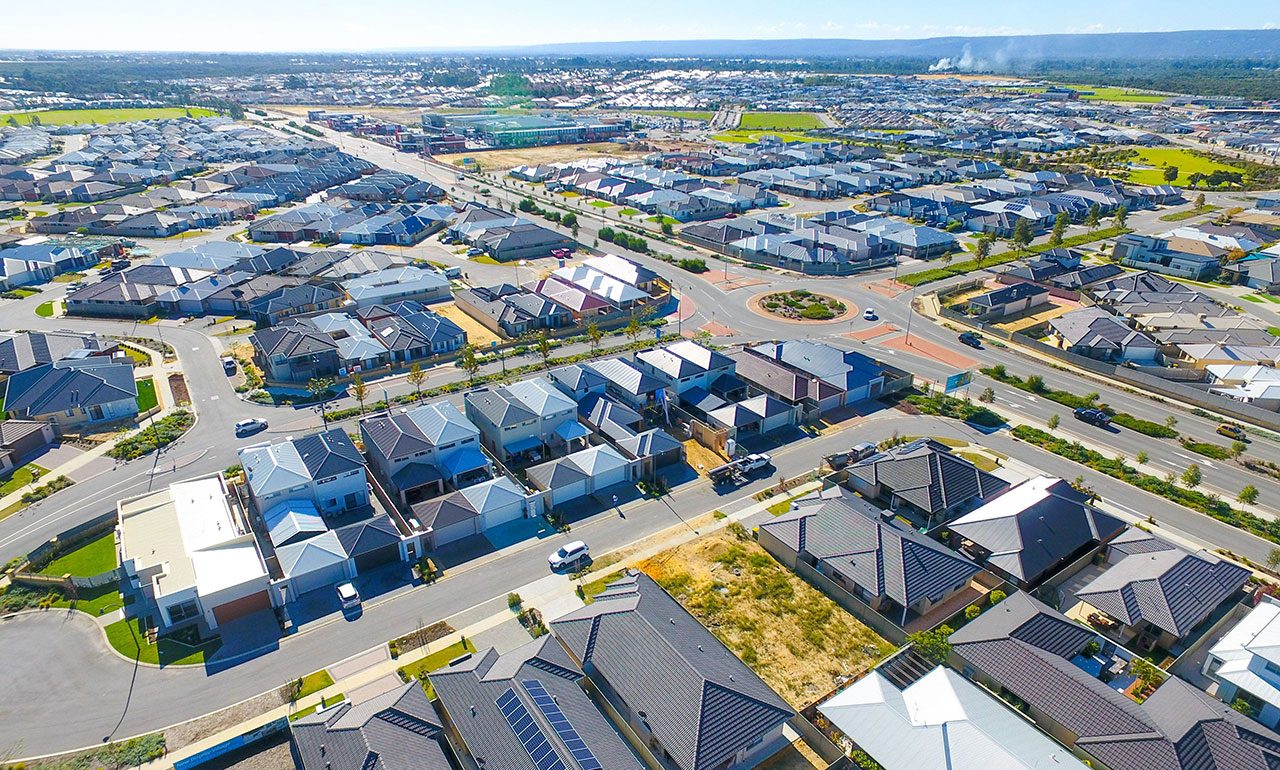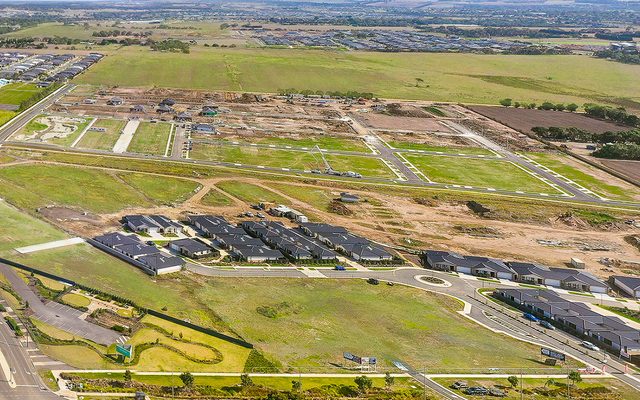This article is from the Australian Property Journal archive
GOVERNMENTS understanding of housing affordability as a relationship between housing costs and household income is too narrow, and is neglecting measures that impact lifestyle, wellbeing and mental health, according to a new report from AHURI.
The research, Measuring housing affordability: Scoping the real cost of housing, undertaken for AHURI by researchers from Curtin University, examines the relationship between housing affordability and housing, energy and transport, with a focus on the performance and comfort of housing, and location in relation to affordability.
“We concentrate almost entirely on the affordability of the dwelling, and we’re not spending enough time thinking about its actual condition and the impact of poor condition or poor quality housing on households,” report co-author Steven Rowley of Curtin University told Australian Property Journal.
“My view has always been that an affordable house is often a crap house. It’s cheap for a reason, and that may be because of its poor quality. It may be because of its poor location. It may be because of the cost it takes to heat and cool. So, these are critical issues that I think aren’t being addressed, and I think government is too one-eyed thinking about what is just about the amount of rent or the amount of mortgage that a household is actually paying, where what we’re saying in this research is it’s far broader than that.”
The report said there is a “strong” need to increase the minimum standard of housing across the continuum in order to improve household living conditions and address the challenges posed by climate change, including measures to ensure homes meet basic standards of safety, accessibility, health and comfort.
“We could be doing a lot more to have country-wide minimum standards to ensure high quality housing for renters, for example, and both public and private,” Rowley said. The report highlighted there is currently a wide range of measures between the states and territories across minimum standards.
Rowley said Victoria is “really leading the way” and moving towards requirements that will “actually ensure good quality housing, whereas in other jurisdictions, where the minimum standards are very much a minimum, it’s almost as if you’ve just got to have a roof that doesn’t leak, and that’s good enough”.
He said the starting point is about the conditions and quality of new housing.
“National construction codes are certainly moving in the right direction to ensure high-quality new housing. The issue is, of course, they don’t apply to existing housing. So, there’s a tremendous amount of work that needs to be done.”
Energy-efficiency measures are of particular importance. Three types of energy-related hardship are identified: being unable to pay energy bills, rationing energy to the detriment of health and wellbeing, and spending a high proportion of income on energy to the detriment of consuming other essential goods and services.
Energy assistance programs are required that cater to the diverse types of households facing energy poverty, the report said.
“What we need to be doing is looking at, particularly on the energy side, is, what is realistic expenditure for a household to ensure that they have a minimum standard of comfort? And then incorporate that within housing affordability measures, because there are a lot households that have to trade off their energy expenditure because they simply cannot afford to heat or cool the room.”
The report noted that more than half of owner-occupiers in Western Australia have solar panels, compared to less than 20% of renters.
“Immediately, those renters are disadvantaged in terms of their energy costs, and there are very few incentives for landlords to install solar panels because it consumes the energy that gets the benefit and not the landlord. So, certainly, having incentives in place to improve energy efficiency of our rental stock would be a good start,” Rowley said.
He said there some federal schemes in terms of energy efficiency, but they all seem to benefit the owner occupier rather than the investor and the tenant.
By extension, the research further highlighted the need for programs incentivising private landlords to provide well-located affordable rental housing.
“Similar to the now-concluded National Rental Affordability Scheme, the Tasmania Private Rental Incentives program is illustrative, where participating landlords receive an incentive payment to lease the property at 25% to 30% below market rates and for a minimum of two years.”
Mental health and wellbeing was also considered by the research, and highlighted the importance of good quality housing.
“If you live in poor quality housing, you’re highly likely to be dissatisfied with the housing. But that’s not necessarily the case if you’re living in unaffordable housing. So, households living in unaffordable housing are far less likely to be dissatisfied with their dwelling, and dissatisfied with the dwelling leads to issues around mental health and wellbeing.
“So, housing condition is a far greater driver of poor wellbeing outcomes than affordability. Households can adjust to a certain extent to affordability, but you can’t adjust to a poor quality house that you can’t heat or cool, or has security issues.
“I think that’s where we’re letting households down.”
To address locational and transportation disadvantage, planning incentives could encourage delivering affordable housing through the likes of density bonuses.
“Private sector development of affordable housing can be mitigated through policy intervention addressing increased planning certainty, cost issues, including taxes, developer contributions to infrastructure, and exploring alternative construction technologies proven to cut costs and build times,” the report said.




